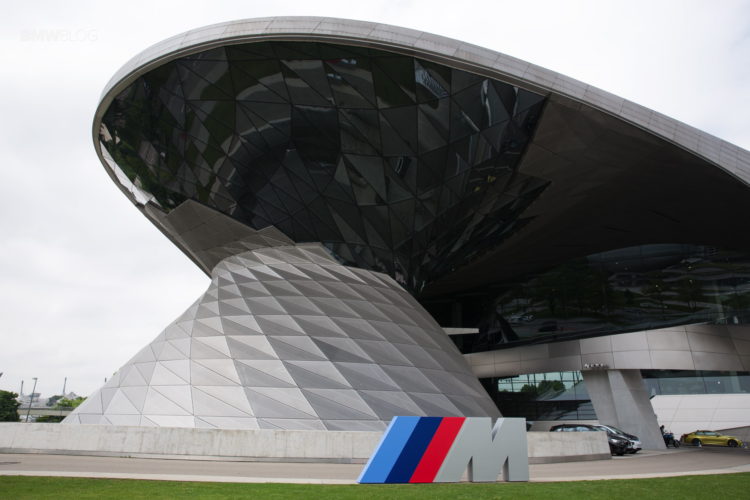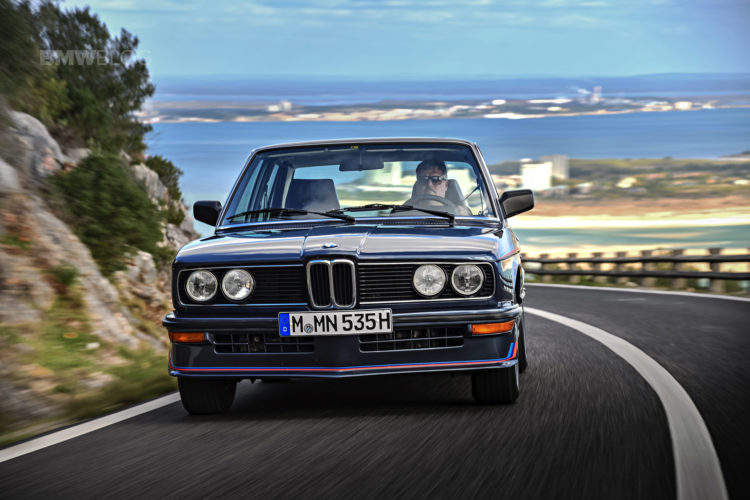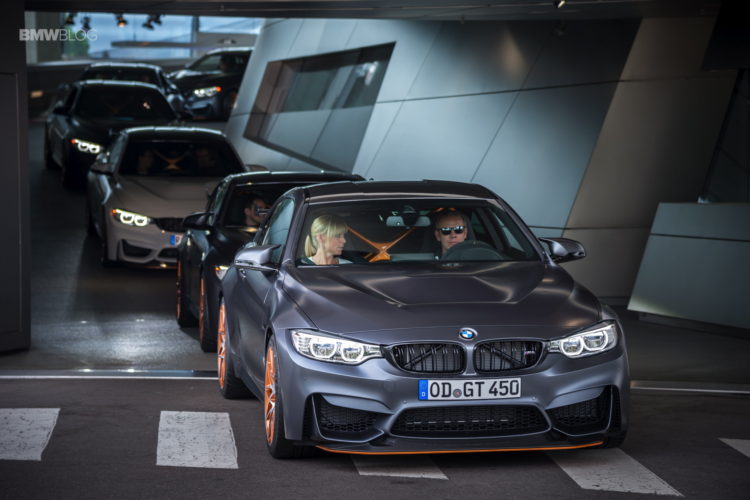Over the years, the competition between Mercedes-Benz and BMW was always intense, backed up both by the media and the fan base although the two companies (in most cases) attract different customer profiles.
However, due to the recent economic crisis, it is crucial to find new ways of reducing costs, but without reducing quality standards and luxury.
Developing new models is expensive, so the producers are always looking on new ways how to reduce costs, and joint development and platform sharing is probably the best solution to do so. While economies of scale make sense in the mass market, the customers in the premium segment are more demanding and seek more prestige.
However, with the emergence of “new luxury” brands in the late 80’s, the platform sharing has made its way into the premium class. Already successful in the large American market, Toyota launched Lexus and Nissan created Infiniti brand while Volkswagen owned Audi released V8 model in 1988, clearly showing ambitions to compete with then-dominating BMW and Mercedes-Benz.
The clear advantage of these brands is above mentioned platform sharing – using technology already developed for mass market products and selling it for a higher price. This should not be confused with badge engineering (where virtually same products are sold under different names) which was first applied to first models of Infiniti and Lexus and in early models of Audi, when it was relaunched under Volkswagen in 1964.
Today it refers to sharing same the chassis, engines and gearboxes with significantly cheaper models which brings higher profit and lowers research and development costs, but in most cases, offers inferior technology and less prestige.
Although BMW rarely collaborated with other manufacturers, the importance of cooperation was obvious in 1997, when Mercedes-Benz released the A-Class. Always associated with big luxury sedans, Mercedes had no experience in producing small cars so the development of their new car was tricky and the initial results were inadequate for a such distinctive manufacturer. During the infamous moose test, the car had flipped over which caused a large scandal and seriously damaged their reputation as a maker of one of the safest cars on the market. Shortly after, Mercedes recalled all sold models to install ESP and to rework the suspension set up. Despite this, the first generation A-Class became a sales success and was the first small car with stability control as standard.
When BMW decided to develop the successor to the original Mini, the engine was jointly built with Chrysler, which back then was a part of Daimler AG. And while the new MINI was praised for its incredible handling, the engine was criticized for not being powerful enough and for consuming too much fuel. The other attempt was more successful, as the new 1.6L “Prince” engine co-developed with PSA received extremely positive reviews and was awarded with the Engine Of Year award.
The speculations about the collaboration have been confirmed by Daimler CEO Dieter Zetsche.
Currently major projects are being discussed, including developing a common front-drive platform to underpin the next MINI and A and B-classes, plus front-drive powertrains.
“It’s clear that we are two independent companies whose success in the market depends on the strength of our brands, so brand integrity is cardinal imperative. This has to be considered at all times but it is not something that would prevent broad co-operation.”
said Zetsche.
So, does it mean that from now on we’re going to drive 3-Class and A Series? Hardly, but it is possible that the engine found in the future small Mercedes-Benz cars will be exactly the same as the one used in the next MINI. What is even more interesting, Mercedes has announced that the next A-Class will be a more conventional hatchback, while the innovative but dynamically inferior MPV style of the current A-Class will be kept under the B-Class name.
To sum up, the collaboration between former fierce rivals will benefit both companies, not only in reducing costs but in increasing brand strength. This last argument may sound contradictory, but BMW and Mercedes-Benz are only independent premium companies, whereas their rivals have a larger company as their owner. Although an average buyer would hardly pay attention to that detail, every aware, experienced and demanding customer will know how to appreciate the difference.





















































